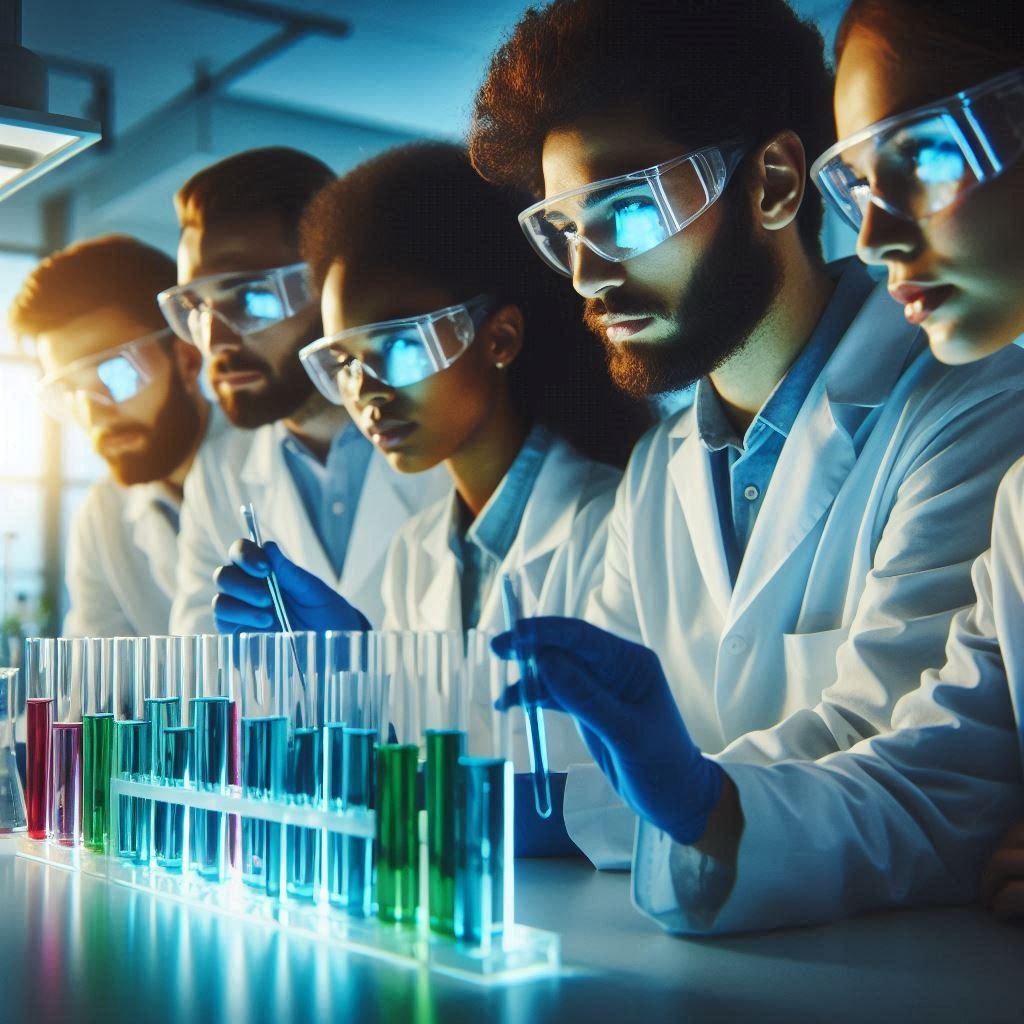Learn the importance of photostability testing in pharmaceuticals, including procedures, benefits, case studies, and how it ensures drug safety, quality, and efficacy
Photostability Testing plays a crucial role in ensuring the quality, safety, and efficacy of new drug substances and their pharmaceutical products. Many pharmaceuticals are highly sensitive to UV and visible light, and exposure can lead to degradation or the formation of harmful impurities. Photostability studies help identify these light-induced changes, enabling better control over product formulation, packaging, and shelf life.
In this article, you will learn:

In photostability studies, the intrinsic photostability characteristics of active pharmaceutical ingredients (APIs) or dosage forms are established by UV light exposure.
Photostability testing is performed on a single registration batch of drug substance and drug product.
You may like:
Three samples (Let us say A, B and C) are withdrawn from the same lot of the representative API (sample packed in the official packing).
The sample is examined for description, clarity, the colour of the solution, related substances, chiral purity test (if applicable) and assay test as per monograph. The sample must comply with all these tests.
The following approaches should be applied to identify the Photostability Impurities:
Visible light falls between the ultraviolet and infrared regions of the electromagnetic spectrum. Ultraviolet light has a shorter wavelength and is more energetic. Ultraviolet light can cause greater harm to our pharmaceuticals or products.
In addition to visible light, sunlight also contains ultraviolet light. This ultraviolet light is usually filtered by the time sunlight reaches our pharmaceuticals or pharmaceutical products. This filtering effect is provided by the Earth’s atmosphere. Even ordinary glass, such as window glass, can remove some UV light. That is why a stability chamber is used for UV light exposure on the sample.
The APIs like Rosuvastatin and atorvastatin are highly sensitive to UV light. That is why special precautions are taken while handling these APIs.
Photostability testing is a critical component in the development and quality control of pharmaceutical products. By identifying how drug substances respond to light exposure, these studies help prevent degradation, ensure consistent efficacy, and support regulatory compliance. Understanding and applying photostability principles not only protects patient safety but also enhances the stability and marketability of drug products. As regulatory expectations evolve, integrating robust photostability testing into the development process remains essential for successful product lifecycle management.
I hope this article has helped you understand the Photostability study and its importance in pharmaceutical development. Now you can independently perform Photostability study and testing during routine analysis.
Related:
ICH Q1B deals with photostability study
In photostability studies, the intrinsic photostability characteristics of active pharmaceutical ingredients (APIs) or dosage forms are established by UV light exposure.
ICH Q1B deals with photostability study
Some of the pharmaceuticals are highly sensitive to UV light. The photostability is performed to check effect of UV light on the stability of the pharmaceuticals.
Three samples are taken from one representative API lot. One sample is analysed immediately and the result is reported. The second sample is exposed to irradiation of controlled intensity 750W/m2 for 7.1 hours in unprotected conditions. The third sample is exposed to irradiation of controlled intensity 750W/m2 for 7.1 hours in protected conditions. Then the second samples and third samples are analysed by stability indicating validated method for description, solubility, impurity profile and assay tests and results are compared.
A Photostability chamber is used to perform photostability
The purpose of the photostability studies evaluate the intrinsic photostability characteristics of active pharmaceutical ingredients (APIs) or dosage forms.
One production sample is taken for the Photostability study
References
Abbreviations
Quick Links